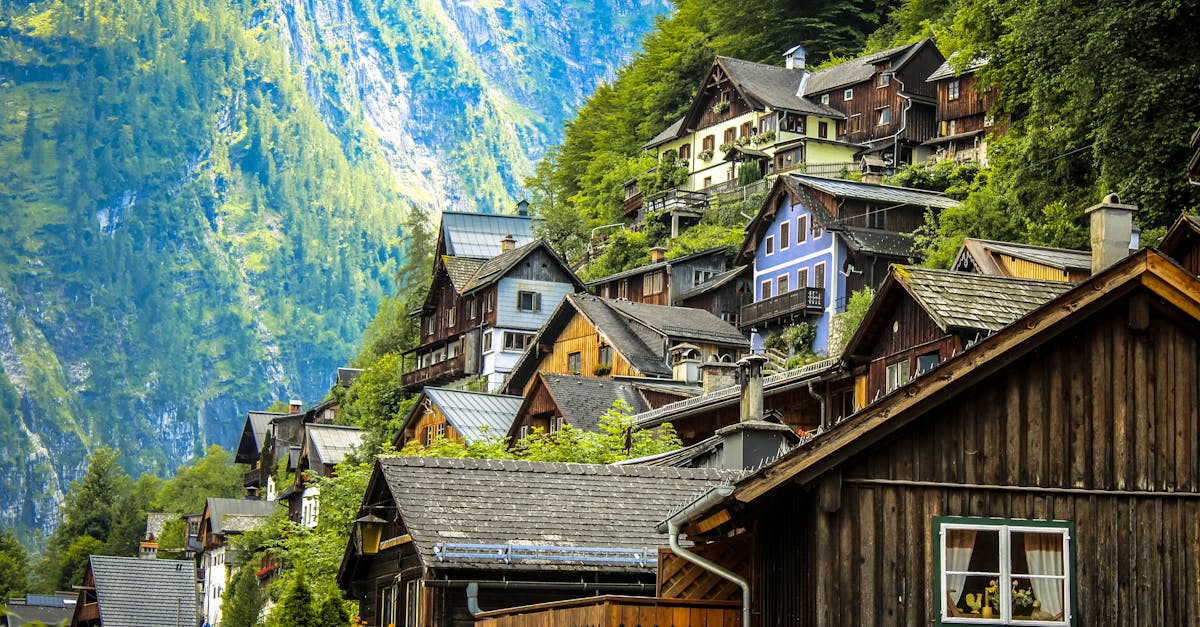Table Of Contents
Environmental Impact of Metal Roofing
Furthermore, Colorbond roofing is 100% recyclable at the end of its lifespan, minimising its impact on the environment. The steel used in Colorbond roofs is made from recycled materials, and once the roof is no longer in use, it can be recycled again to create new steel products. TComparing Colorbond Roofing to Traditional Roofing Materialshis closed-loop recycling process contributes to the sustainability of Colorbond roofing and makes it an eco-friendly option for those looking to reduce their carbon footprint.

